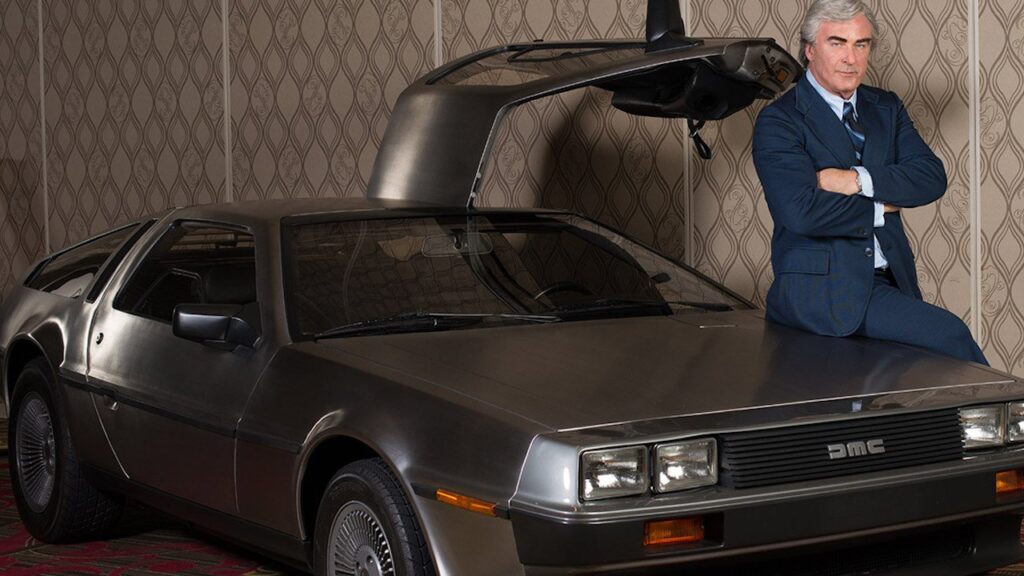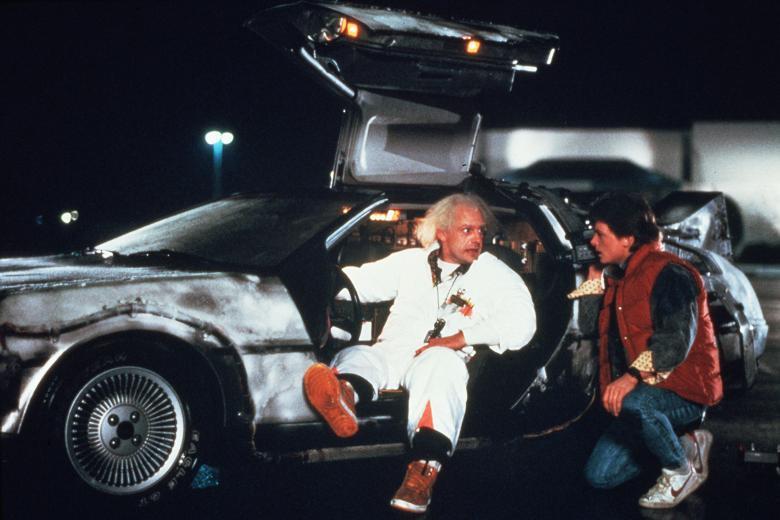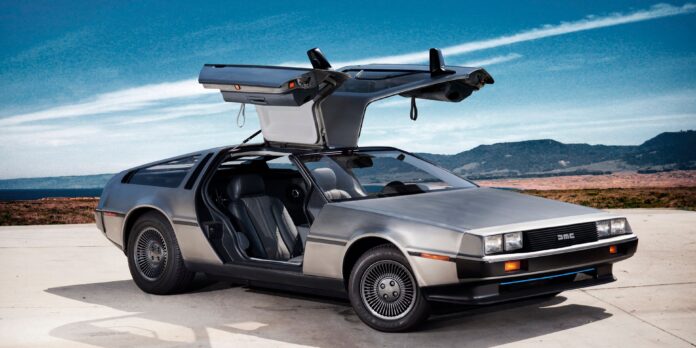Framing John DeLorean, takes hybrid documentary filmmaking to a grand level, in its operating design to tell a true story, about John DeLorean; an American engineer, inventor, and business executive, who, by the late 70s, was intent on building a sleek singular sports car that would both “conquer the world” and silence all of his doubters.

The doomed car, with a chic wingspan, playboy vibe, and requiring over $17 million came to life as a fantasy machine, reaching the consumer market in 1981; and popularized as automotive sci-fi art to the mainstream in 1985’s Back to the Future. Inventive filmmakers, Sheena Joyce and Don Argot (The Art of the Steal) take a compelling, clear-eyed look at this incredible American Dream tale fueled by: scandal, money, power, class, vanity, testosterone, family, drugs, court trials, politics — and luxury cars. When doing a little digging into John’s story, we learned that each of his projects was aligned with a different person from John’s life — a different family member, business partner, co-worker, etc. Everyone claimed to know the “real” John and to have the “real” story, so which one was it? How could so many people claim to have been close to someone, and have such wildly differing views on the man? And what is it like to be in the presence of an actual DELOREAN? Tamir Ardon, resident DeLorean Historian and fellow-producer, is the best person to answer this question. The easy answer is it’s a great analogy for John— cool, slick, silver, innovative, futuristic, ahead-of-its-time, etc. It’s better on the surface than it is under the hood— that looks can be deceiving, that sometimes something looks perfect on the outside but can be a mess behind-the-scenes.

Though the DeLorean Motor Company venture was founded in 1975 the DeLorean sports car is a bit of a symbol of the 1980’s, it’s not a stretch to see the car as a symbol of the ‘80s — the promise, the money, the excess, the predictable reckoning and downfall…
ANALYSIS
This article, done on the documentary of John DeLorean and his life story along with the behind the scene story and impacts of the famous DeLorean design, is a great depiction of what drives design and culture. I am considering the DeLorean to be somewhat of a work of art, considering its role in the movie industry, and pop-culture. To me, what I found insightful about this story is the many factors involved with the overall design, why if both succeeded and failed. Most of the time the design process feels like a straight path, with some small curves here and there along the way, I thought this when I compared my own taught/learned processes to the timeline of this design. The design of the DeLorean’s and the external factors in the background were filled with emotions, culture, and competition, and a whole lot of other things I don’t typically think of when designing. These things are what made it fail, but they are also what made it successful. It filled the current imagination of the 80’s, while failing the individual user in practical situations. To me, this is an interesting pull of opposites all packed in to one very famous design. When I consider my own designs for the passenger experience, there are things from this article I want to apply and things I desperately will seek to avoid.




